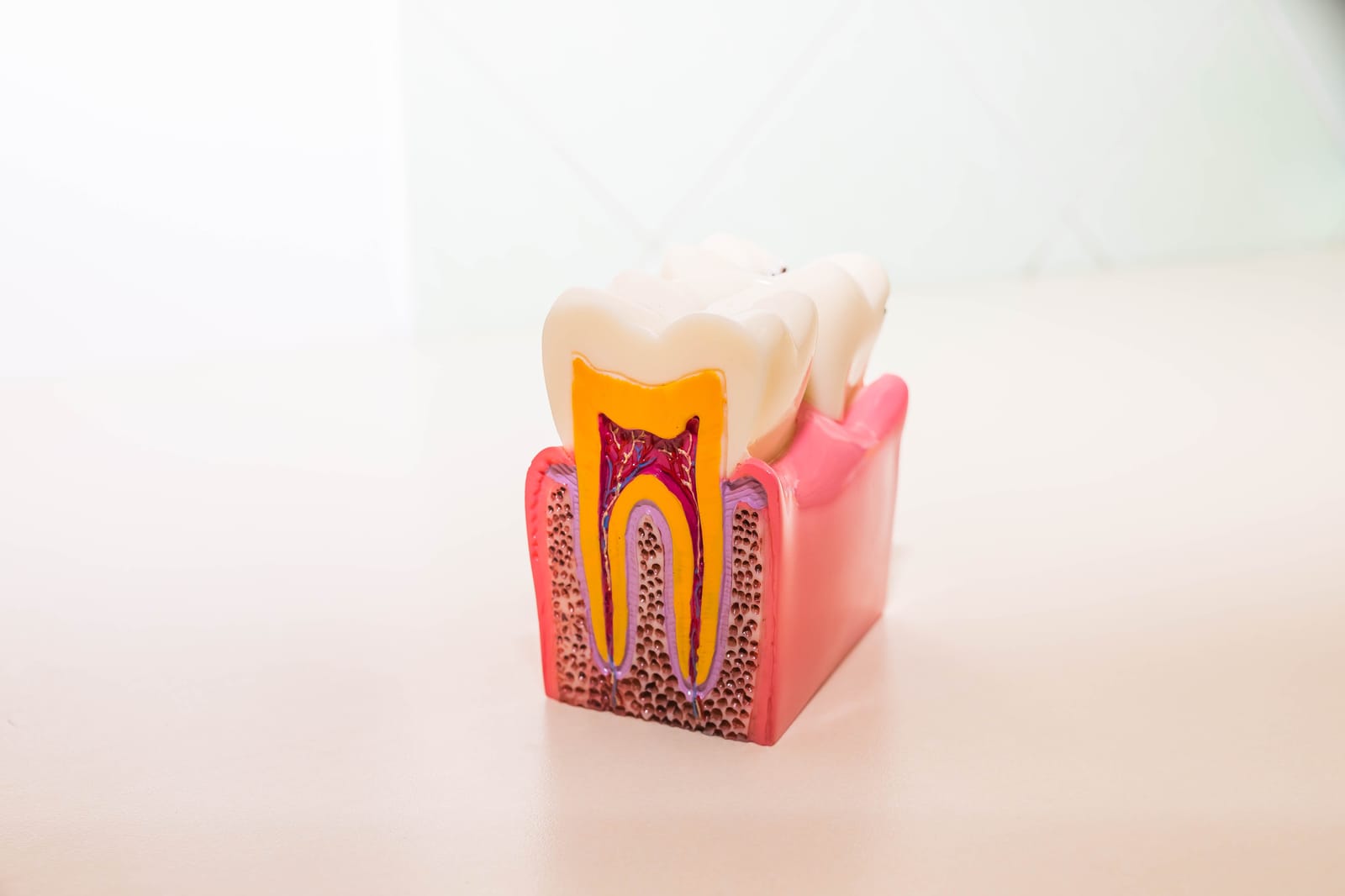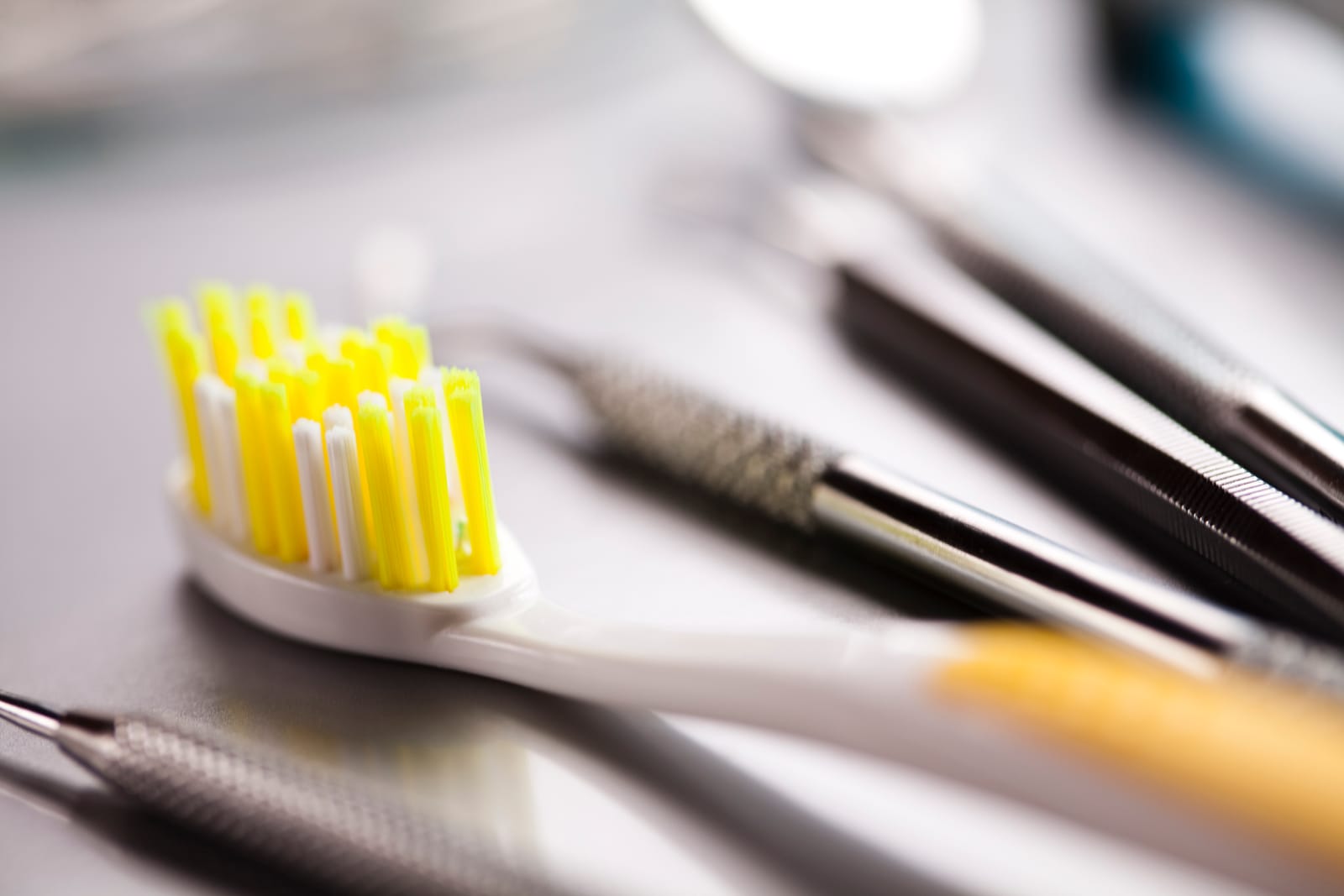What Are Dental Sealants? A Simple Guide For Patients
At St. George Dental Care, we believe that a healthy smile starts with proactive care. While brushing and flossing are essential, sometimes your teeth need extra protection. That’s where dental sealants come in: a simple, effective way to guard against cavities and decay. This guide will explain what dental sealants are, how they work, and…


